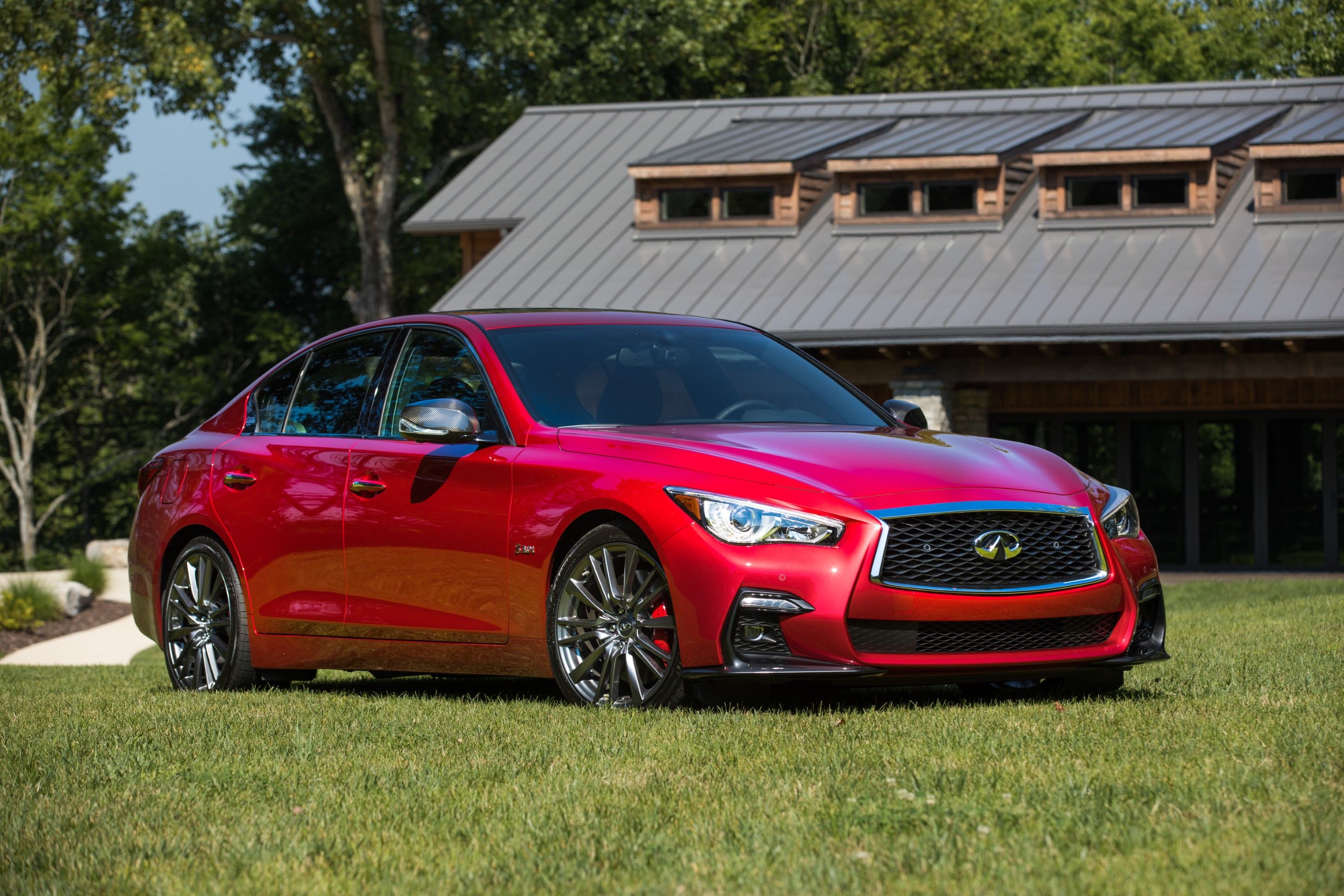
Infiniti offers a broad range of luxurious and stylish SUVs, crossovers, and sedans like the Q50, QX60, and QX80, but it all began back in 1989 when Nissan's luxury division was established to take on Toyota's Lexus and Honda's Acura. To celebrate its 32nd birthday, Infiniti has released a comprehensive video split into eight parts that delve into the brand's fascinating origin story. Narrating the film is Dean Leathers, one of Infiniti's founding team members, who discusses the origins of the Infiniti name, logo, and how the company set itself apart from its luxury competitors.
"We went into fairly great depth, to define what luxury meant to people in the United States," said Leather. "And one of the things that kept popping up wasn't necessarily softer seats, and better air conditioning … but luxury actually started to be a lot about time."
"From the very beginning, the essence of the brand was people. Whether it be the customers, or the people within the division, or the retailers. That was at the heart of everything, was to run a human brand," he added. "If you're driving a traditional luxury car, you're fitting the car. We want Infiniti to fit the person," he added.
Infiniti's first model arrived in 1989 as the Q45, a modified version of the Nissan President. With its unconventional styling, luxurious interior, and impressive performance, the Q45 was a compelling alternative to more established full-size luxury sedans on the market like the Mercedes S-Class and BMW 7 Series. It was sold alongside the M30 luxury coupe announced after the Q45. "The people that loved the Q45, really loved the Q45. They got it. They got what we were trying to do because it was aligned with their sensibilities. They didn't want to be like everyone else. They didn't want to buy a typical luxury car."
Leathers also recalls when Infiniti's founding member and lead designer Takashi Oka let him become one of the first people in the world to drive the Q45 sedan, reaching triple-digital speeds at a test track at Tochigi in Japan.
"I think that one thing that has become crystal clear, merely 35 years after we first started talking about what we could call human-centric, we were proven right," Leathers concluded. "When you take care of your customers, treat them as honored guests, and really focus on customer needs and team member needs, that is a winning strategy for business, not just the car business, any business."
